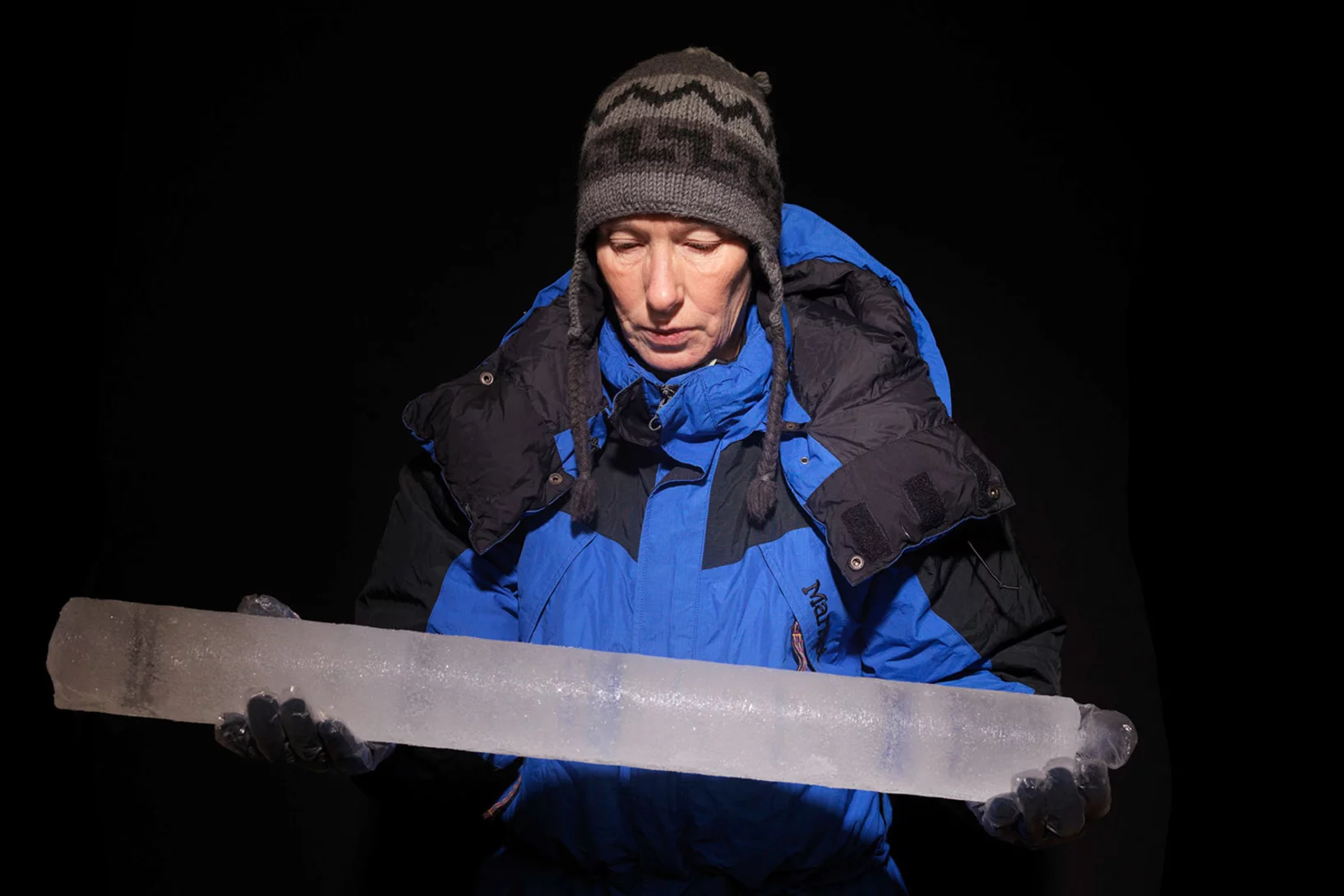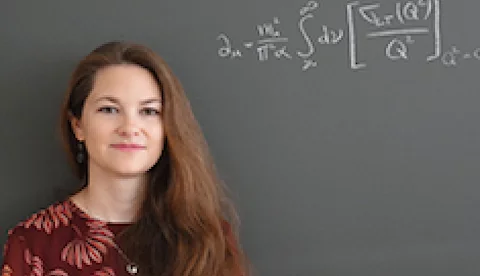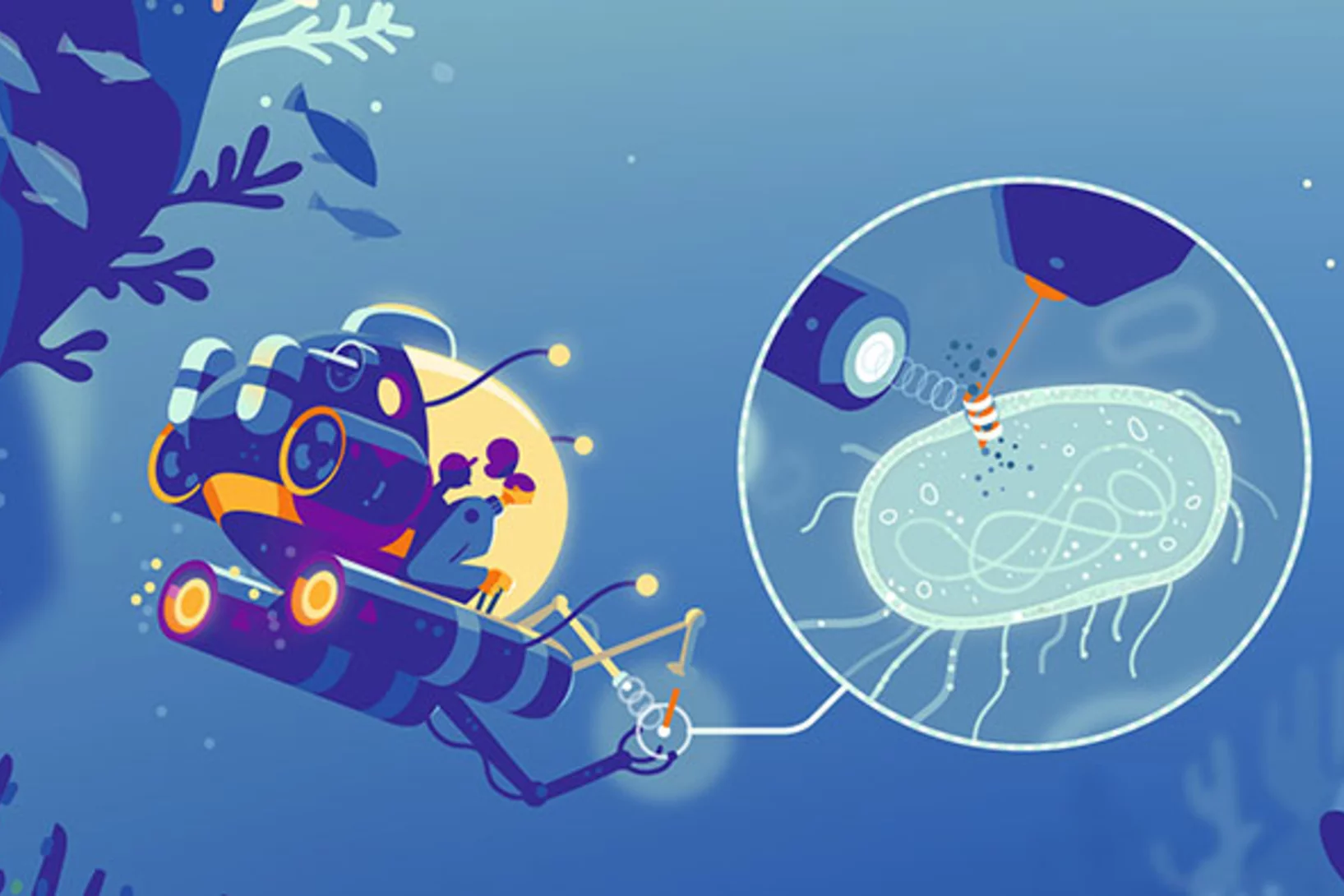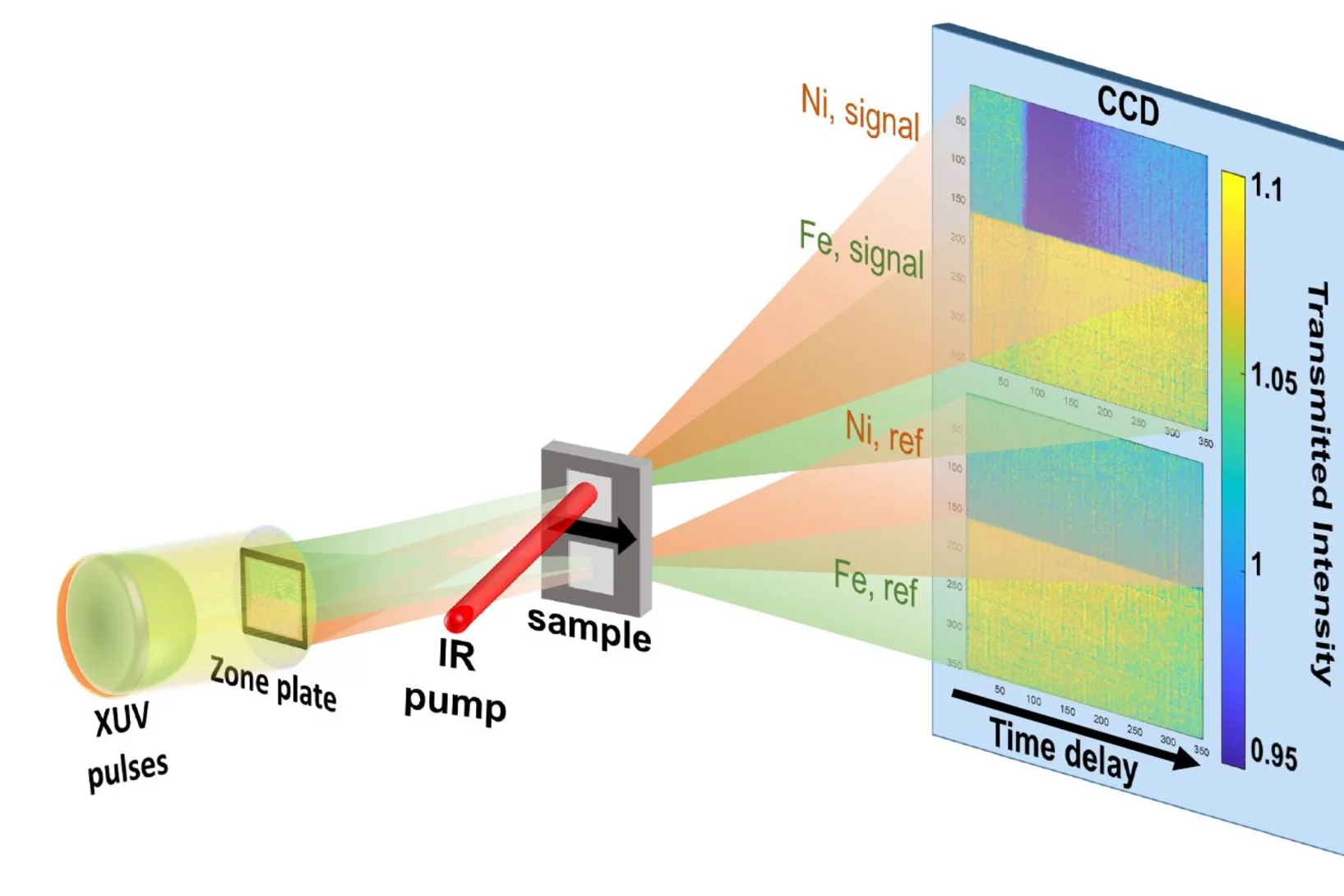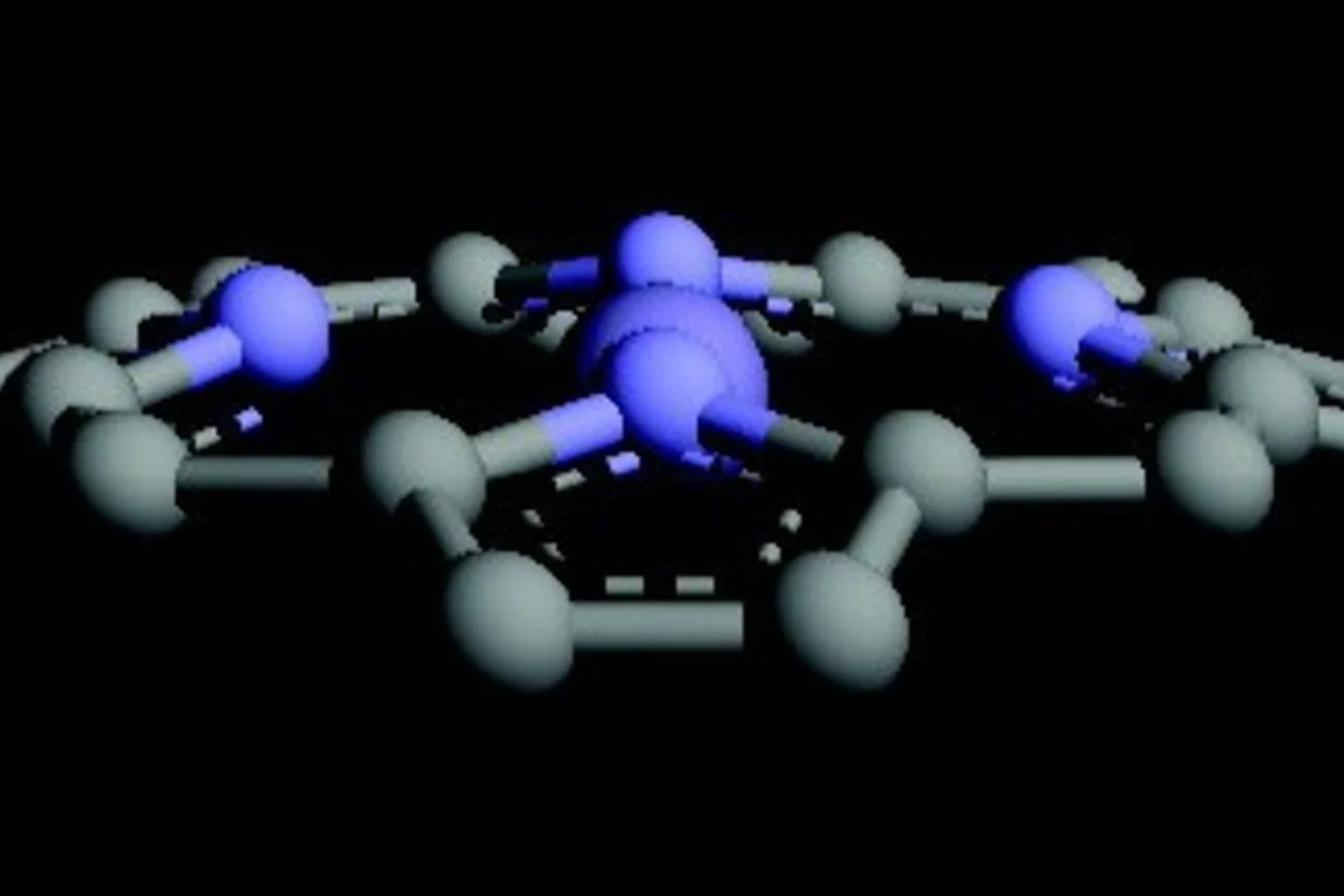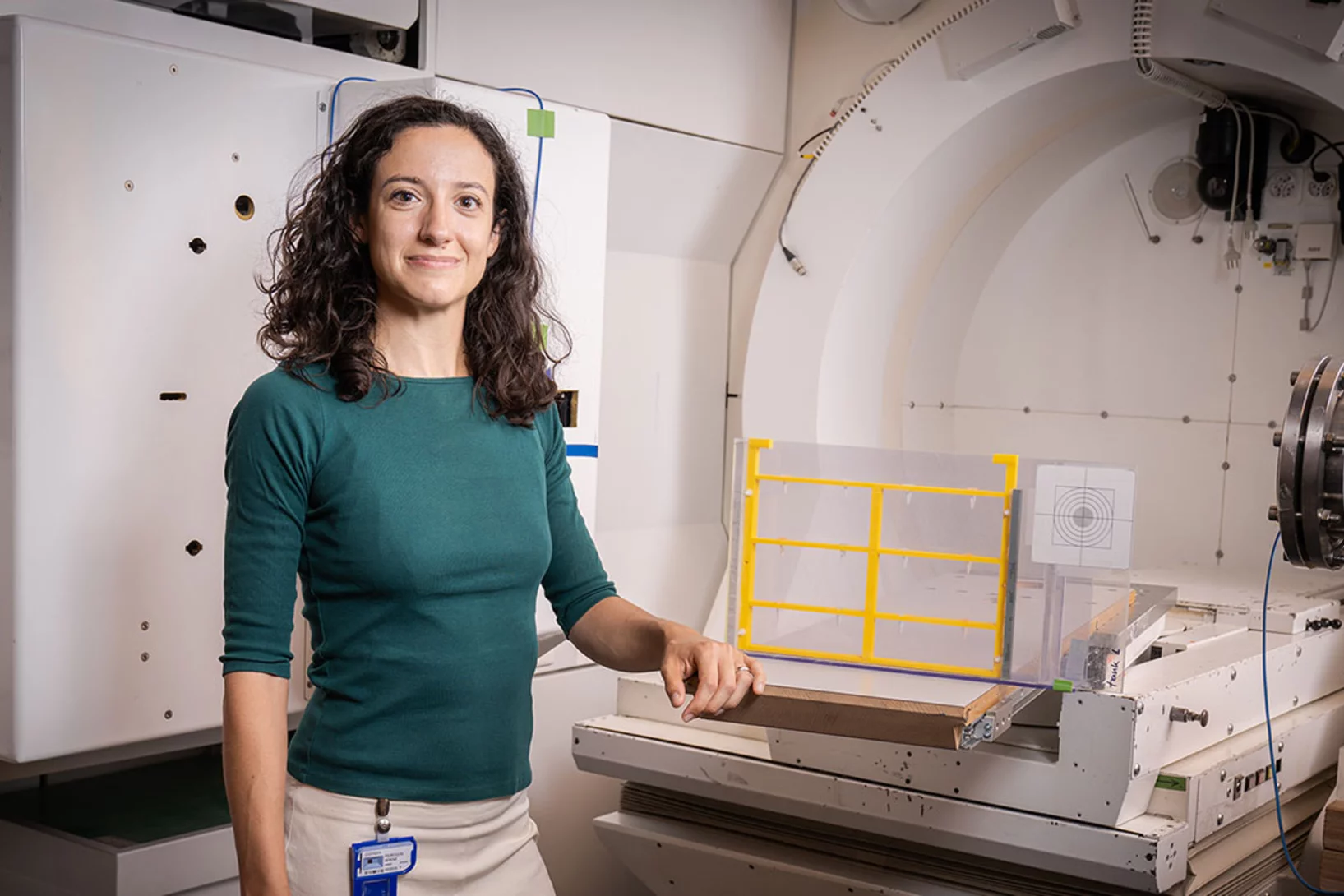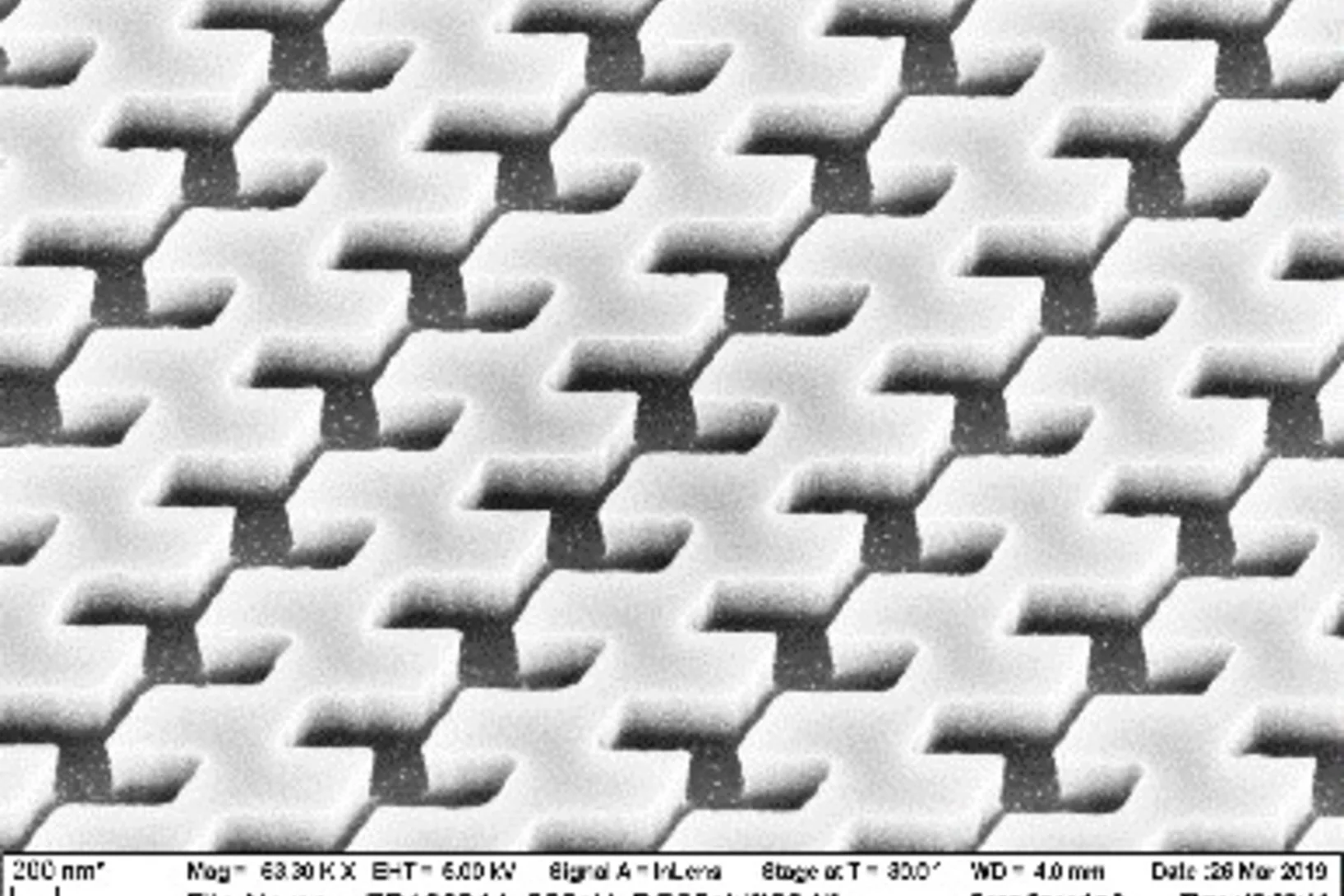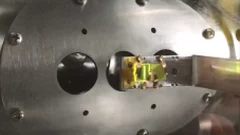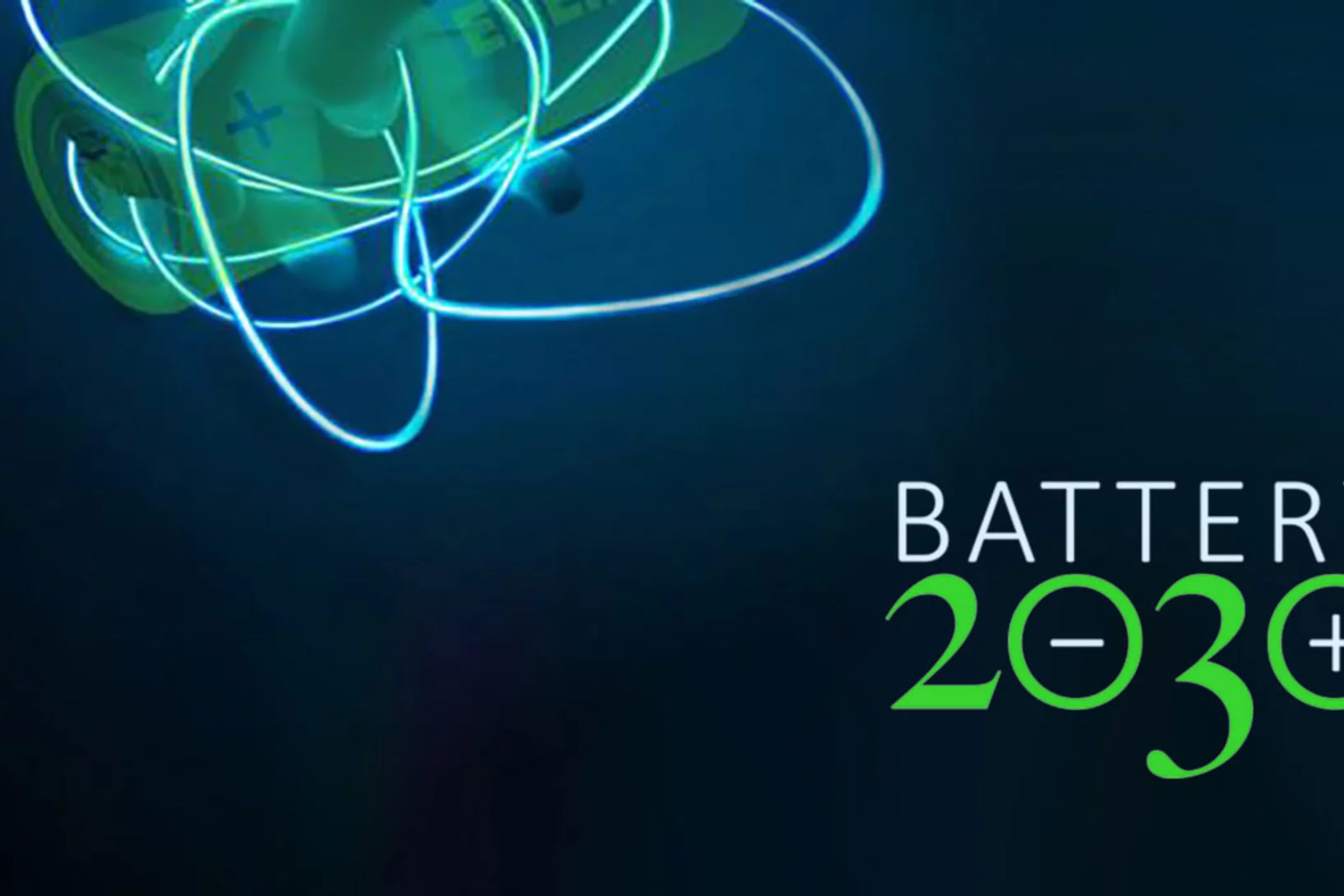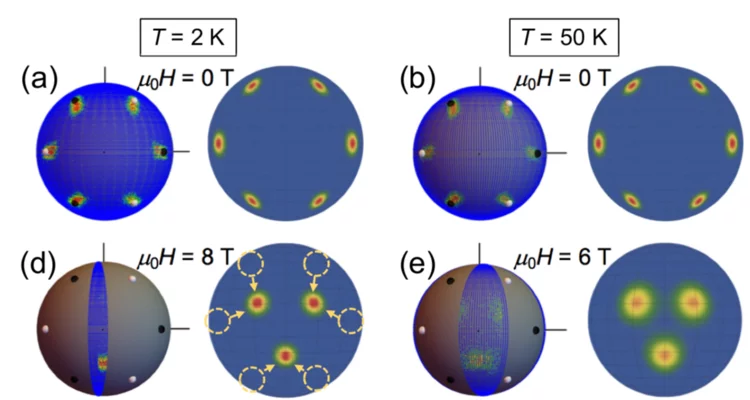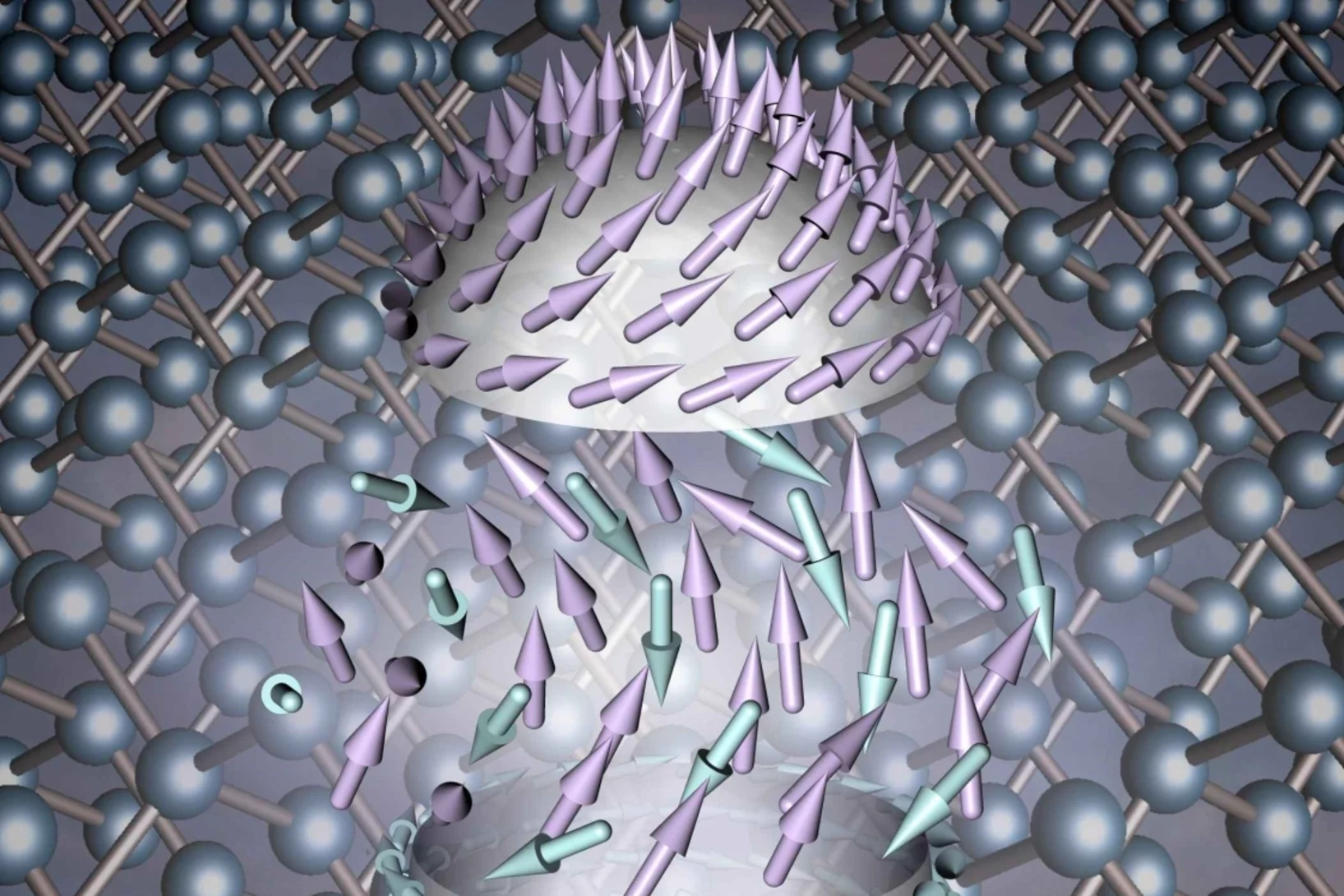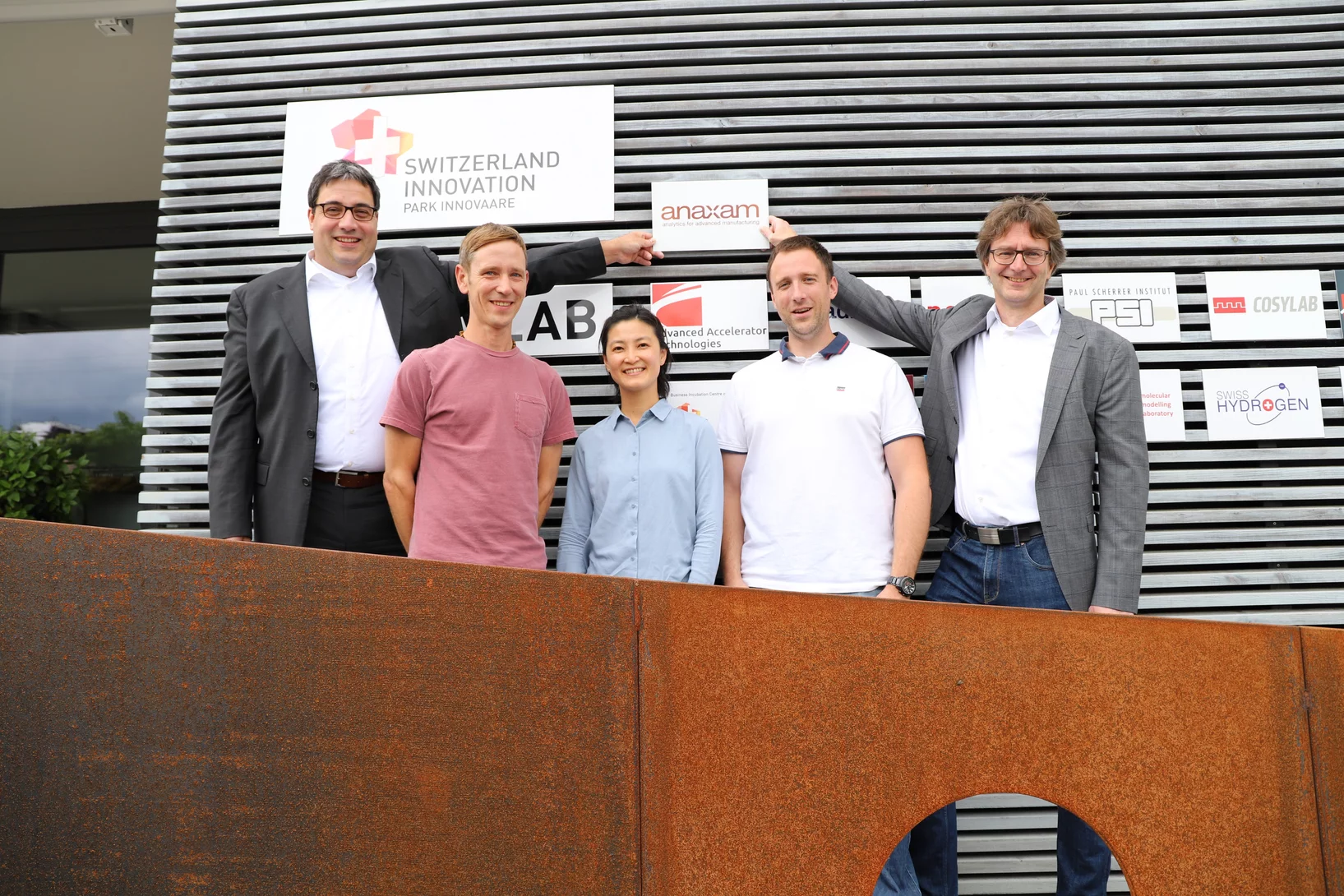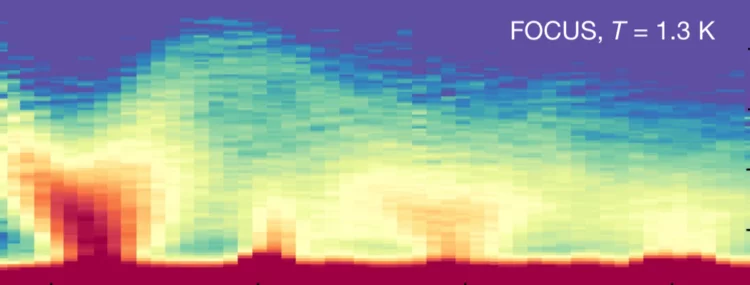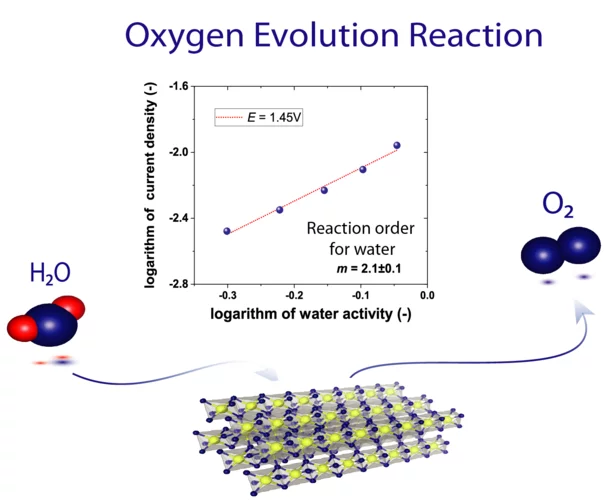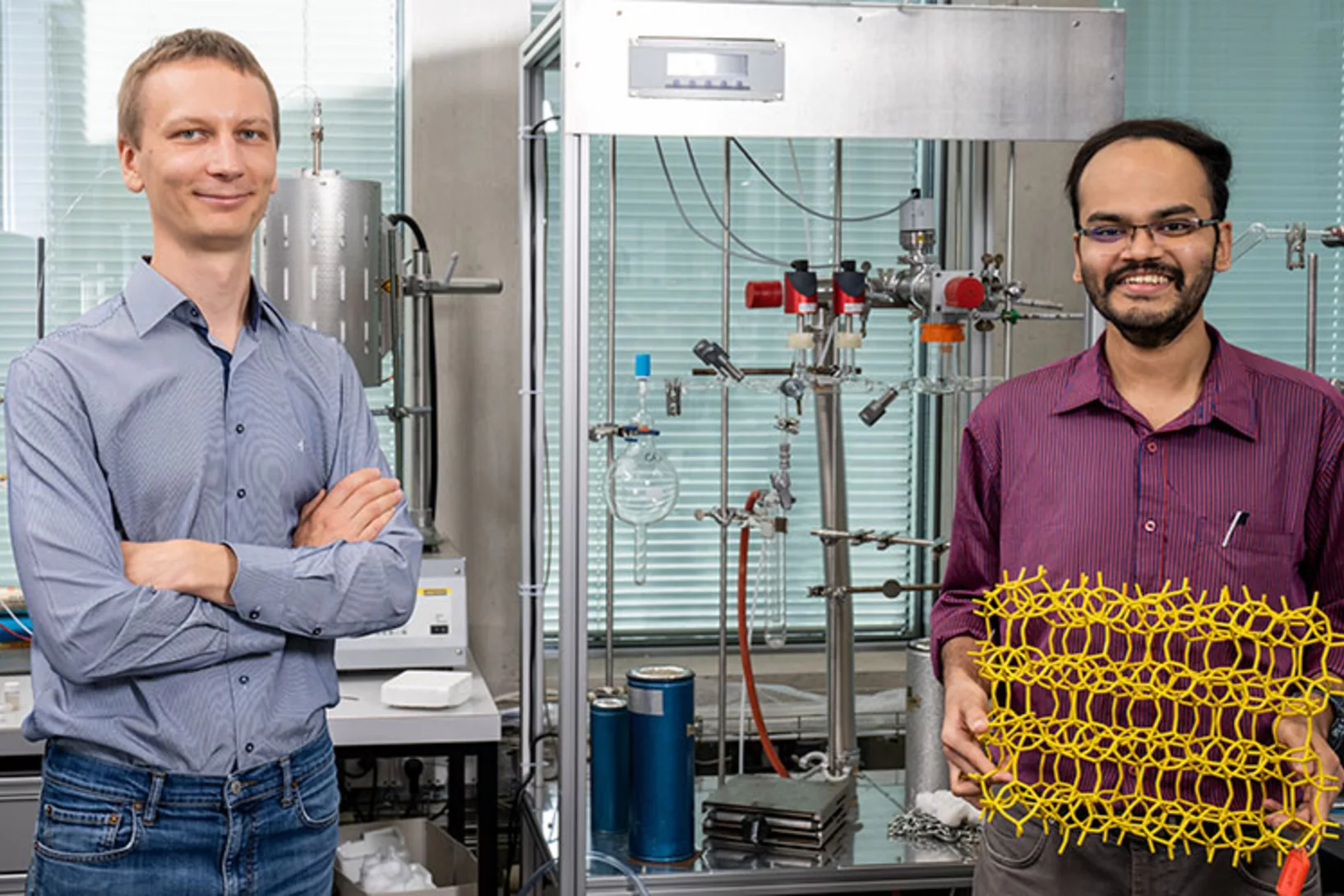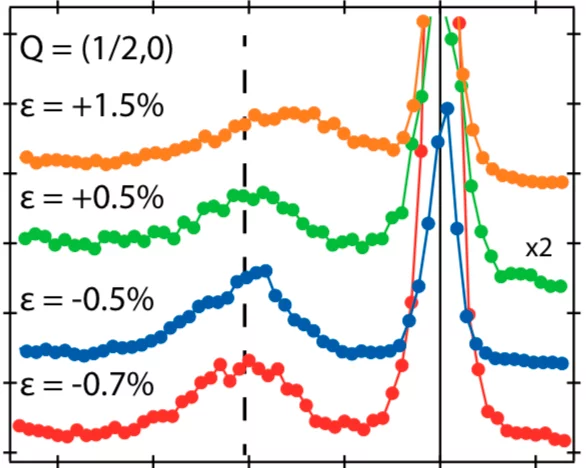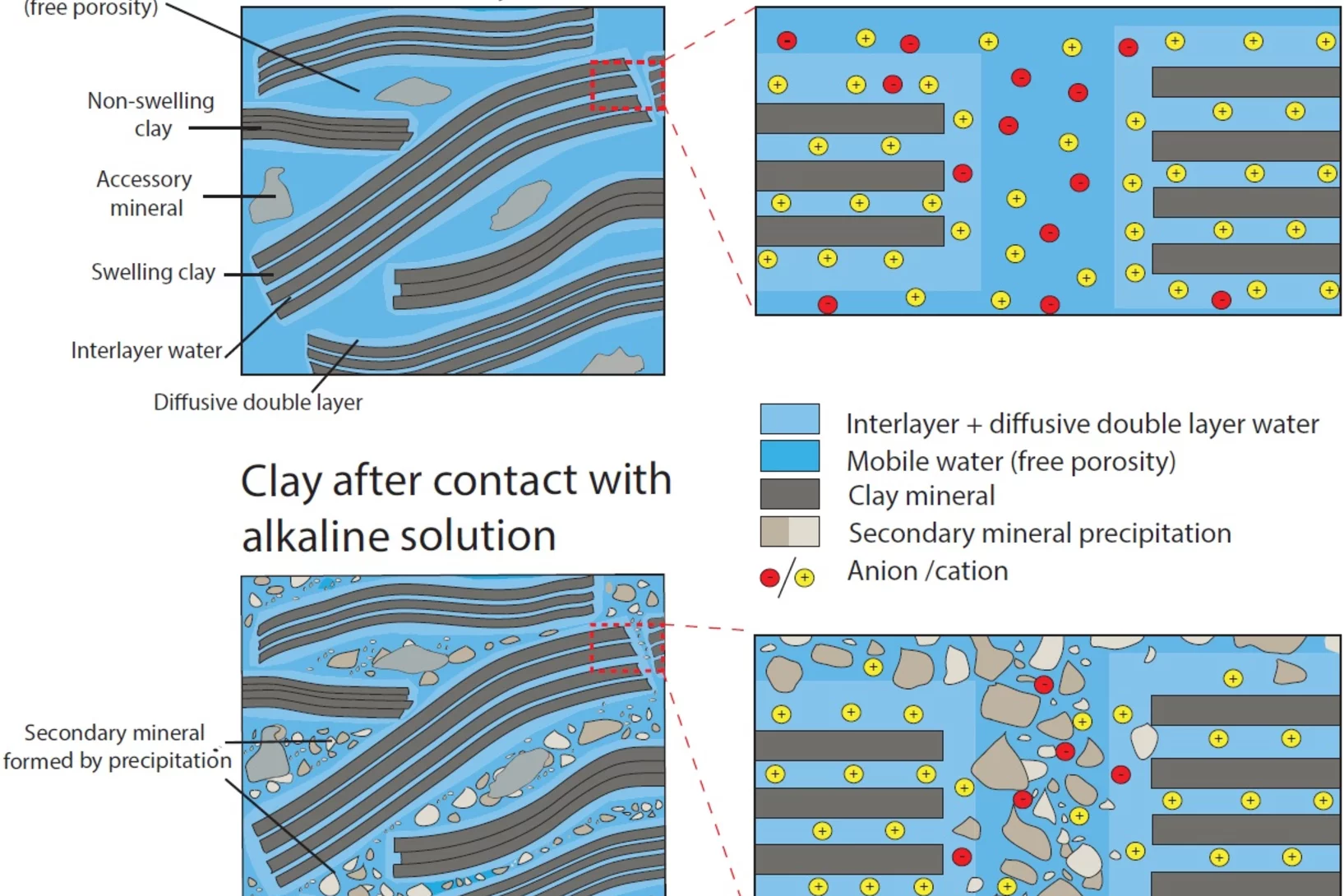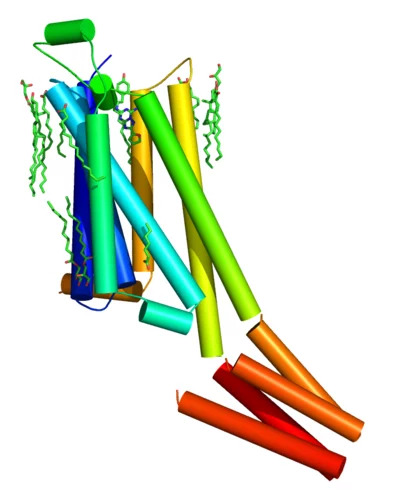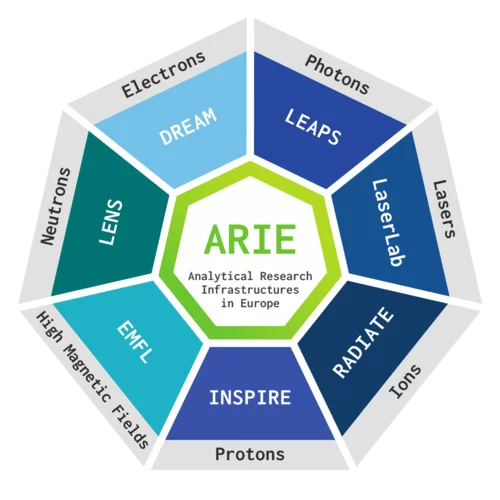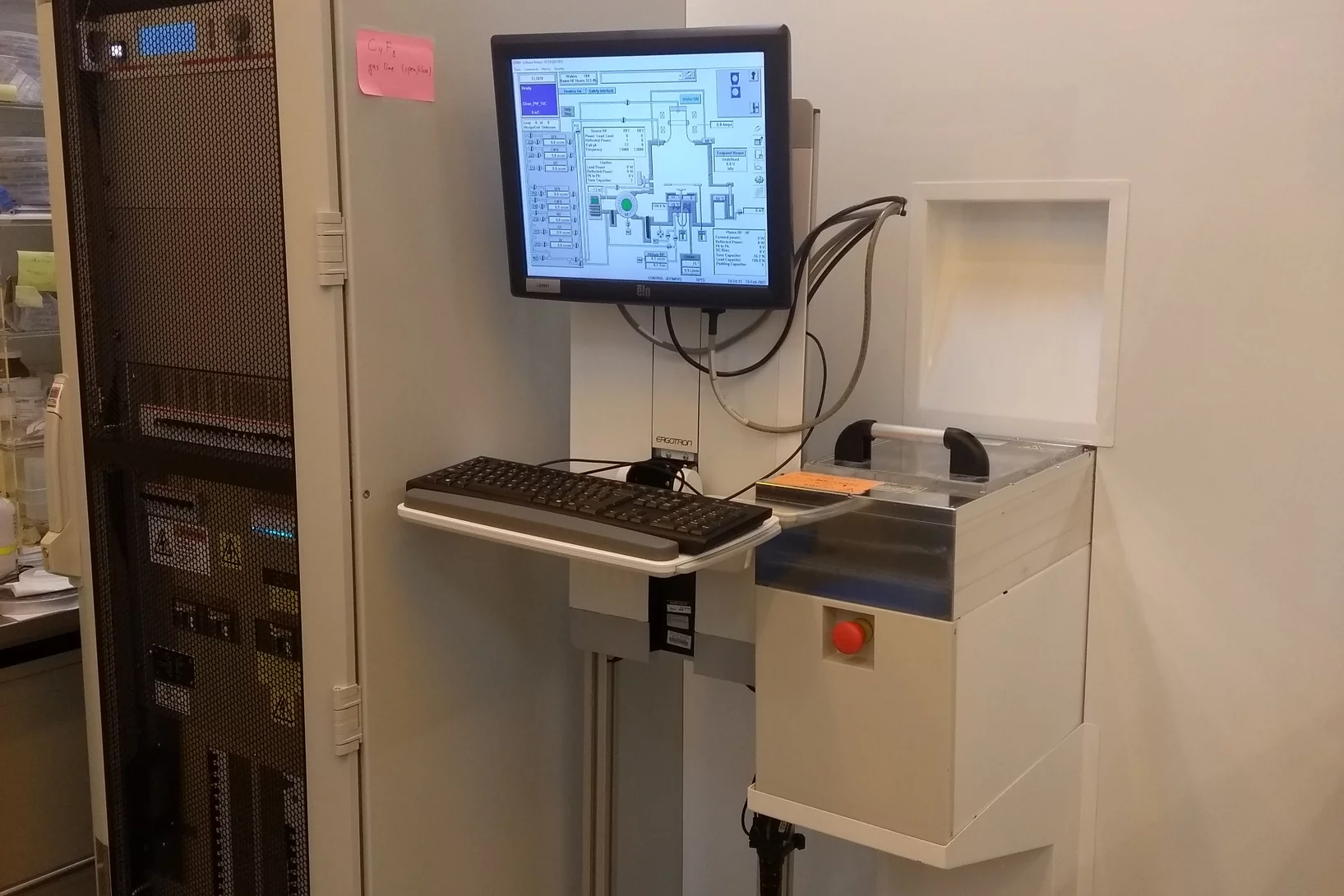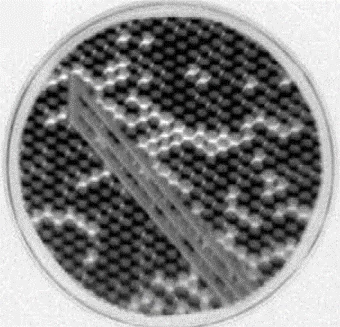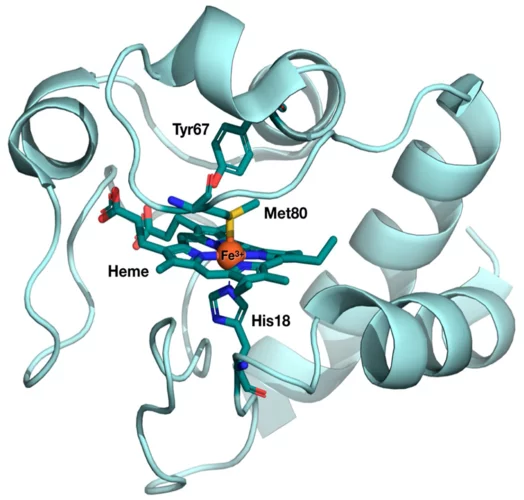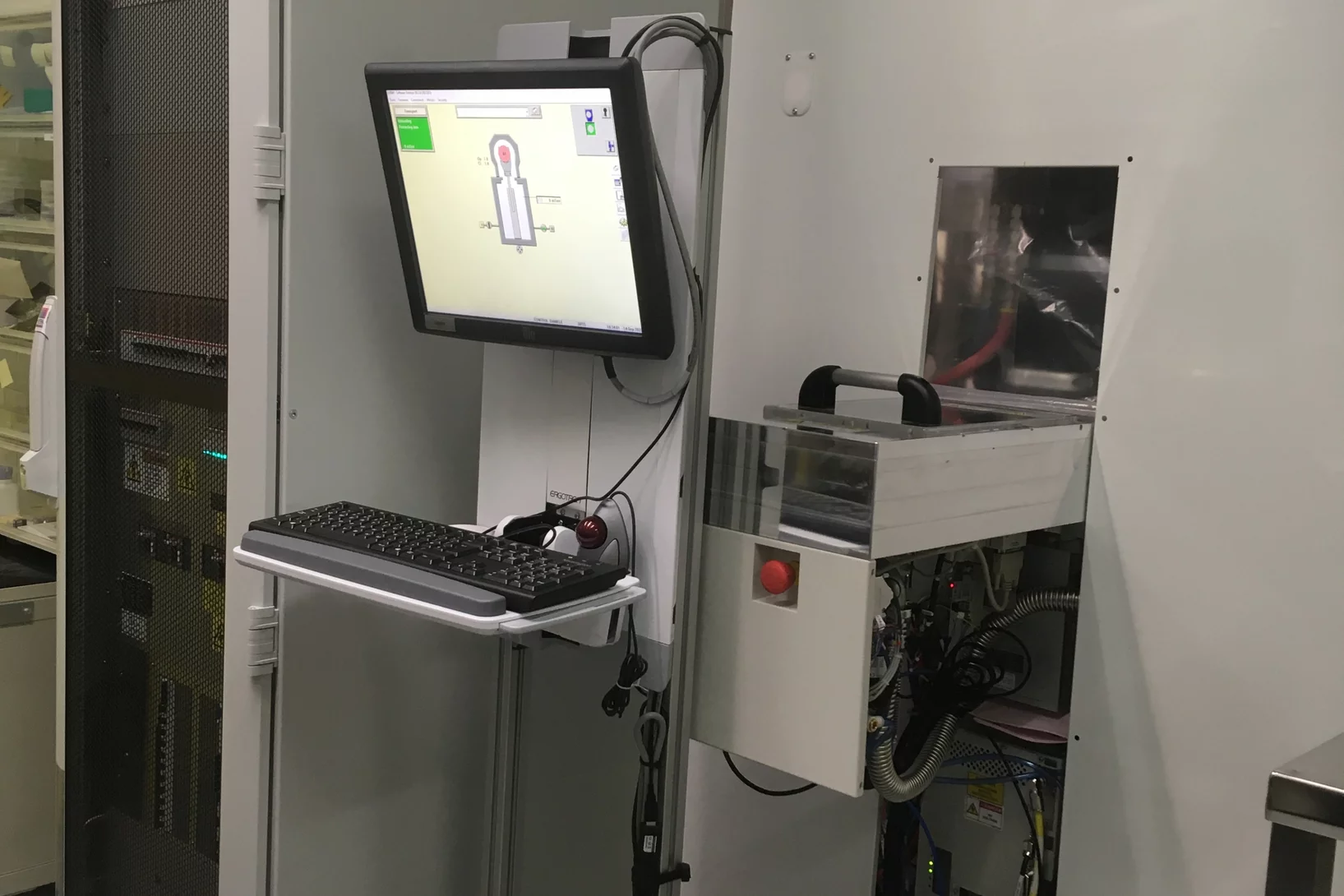Abandon de l’énergie nucléaire, développement de l’énergie solaire et éolienne, production d’énergie à partir de la biomasse, réduction de la consommation d’énergie. D’ici 2050, la Suisse doit atteindre la neutralité climatique. Un objectif ambitieux, rendu plus urgent que jamais par une situation géopolitique de plus en plus difficile. Comment faire pour mettre en place ces prochaines années un approvisionnement énergétique durable et résistant pour la Suisse? Comment les énergies renouvelables peuvent-elles être utilisées de manière optimale? Quelles sont les nouvelles technologies les plus prometteuses? Au PSI, des chercheurs s’efforcent de trouver des réponses à ces questions décisives.
L’acide iodique impliqué dans la formation de nuages en Arctique
Une équipe de recherche internationale a identifié un nouveau facteur qui favorise la formation de particules de poussières fines dans l'Arctique. Il s'agit de l'acide iodique, un composé chimique qui n'a jamais été mesuré dans la région auparavant.
«Nous avons été choqués de découvrir à quel point déjà la fonte était avancée»
Au Grand Combin (VS), à plus de 4000 mètres d’altitude, une expédition internationale avec participation de l’Institut Paul Scherrer (PSI) a découvert que la fonte du glacier était très avancée. Pour le projet Ice Memory, qui vise à prélever des carottes de glace pour constituer une archive climatique destinée aux futures générations de chercheurs, cela signifie que dans les Alpes, il pourrait bien être trop tard.
Swiss National Science Foundation Ambizione grant for Franziska Hagelstein
Franziska Hagelstein has been awarded a Swiss National Science Foundation Ambizione grant with PSI as host institution. She joined the particle theory group (NUM, Laboratory of Particle Physics LTP) in October 2020. In the near future she will be accompanied by a PhD student.
L’infiniment petit mis en lumière
L’univers des microbes et des virus est extrêmement ancien et diversifié. À l’aide des grandes installations du PSI, les chercheurs scrutent en profondeur ce cosmos inconnu et explorent surtout les protéines de ces êtres exotiques.
Two-color snapshots of ultrafast charge and spin dynamics
In a joint research effort, an international team of scientists lead by Emmanuelle Jal (Sorbonne Université) performed a time-resolved experiment at the FERMI free-electron laser to disclose the dynamic behavior of two magnetic element of a compount material in only one snapshot. The X-ray Optics and Applications group developed a dedicated optical element for this experiment that is usable with two different photon energies (colors) simultaneously.
PSI - member of the Microsoft Quantum Network
The PSD is a research partner in the Microsoft Quantum Network, which is a broad community of individuals and organizations collaborating with Microsoft to advance a comprehensive quantum ecosystem, develop practical solutions, and build a robust quantum workforce.
The institutions of scientific excellence are partnering collaboratively with Microsoft to pursue the advancement of quantum computing research, development, and education. The large scale facilities at PSI, in particular the Swiss Light Source, offers unique characterizations techniques to shed light on the secrets of functional materials.
Spin cascade and doming in ferric hemes
In biology, structure and function are closely interwoven. A case in point is oxygen transport in the lungs, which relies on ferrous heme proteins adopting dome-like shapes.
Nouvelle méthode ultrarapide de traitement du cancer
Des chercheurs au Centre de protonthérapie du PSI ont testé pour la première fois une irradiation protonique ultrarapide et fortement dosée. Cette nouvelle méthode FLASH expérimentale pourrait révolutionner le traitement du cancer par radiothérapie.
Remote Operation of the PEEM Endstation
We have recently upgraded the PEEM endstation at the SIM beamline to enable remotely controlled experiments via internet and mailed-in samples. Sample positioning and tilt control is now possible by means of a motorized sample stage. A newly developed computer controlled switchbox is available for remote temperature control and in situ application of electric or magnetic fields to the sample.
Novel optics enable better X-ray Free Electron Laser experiments
Our research on multifocus off-axis zone plates was accepted in “Optica”, the highest impact journal of the Optical Society of America. In the paper we report on different ways to combine focusing and beam-splitting functionalities in one single optical element.
First light in the SwissFEL Maloja endstation
The first endstation at the SwissFEL Athos soft X-ray branch is rapidly developing and on track for first experiments in 2021.
BATTERY 2030+: pour que l’Europe devienne le leader mondial
Les batteries du futur devront stocker davantage d’énergie, avoir une plus longue durée de vie et être plus sûres et plus écologiques que les batteries de conception actuelle. L’initiative européenne BATTERY 2030+, à laquelle le PSI participe aussi, doit permettre d’atteindre ces objectifs.
Technical Design of the Phase I Mu3e Experiment published on the arXiv
In almost a decade of R&D, we have developed a detailed technical design for the Mu3e experiment, based on many new and exciting detector technologies.
Direct Observation of the Statics and Dynamics of Emergent Magnetic Monopoles in a Chiral Magnet
In the three-dimensional (3D) Heisenberg model, topological point defects known as spin hedgehogs behave as emergent magnetic monopoles, i.e., quantized sources and sinks of gauge fields that couple strongly to conduction electrons, and cause unconventional transport responses such as the gigantic Hall effect. We observe a dramatic change in the Hall effect upon the transformation of a spin hedgehog crystal in a chiral magnet MnGe through combined measurements of magnetotransport and small-angle neutron scattering (SANS).
Nano-tourbillon doté d’une propriété bien particulière
Des chercheurs de l’Institut Paul Scherrer PSI ont établi pour la première fois l’existence de nano-tourbillons bien particuliers dans un matériau: des skyrmions antiferromagnétiques.
ANAXAM sur la voie du succès!
Plusieurs mois se sont écoulés depuis la création du nouveau centre de transfert de technologie "ANAXAM". Sous la direction du Dr Christian Grünzweig et en étroite collaboration avec le PSI, ANAXAM est sur la voie du succès pour l'industrie - il est temps de faire un bref bilan.
Fractional antiferromagnetic skyrmion lattice induced by anisotropic couplings
Magnetic skyrmions are topological solitons with a nanoscale winding spin texture that hold promise for spintronics applications. Skyrmions have so far been observed in a variety of magnets that exhibit nearly parallel alignment for neighbouring spins, but theoretically skyrmions with anti-parallel neighbouring spins are also possible. Such antiferromagnetic skyrmions may allow more flexible control than conventional ferromagnetic skyrmions. Here, by combining neutron scattering measurements and Monte Carlo simulations, we show that a fractional antiferromagnetic skyrmion lattice is stabilized in MnSc2S4 through anisotropic couplings.
Understanding of the Oxygen Evolution Reaction Kinetics in Acidic Environment
The high operational expenditure of polymer electrolyte water electrolysis (PEWE) technology, dominated by kinetic losses from the sluggish oxygen evolution reaction (OER), inhibits large-scale market penetration. PSI researchers have developed a novel methodology to access underlying reaction mechanism of the OER. For the first time the reaction order for water has been determined. Advanced benchmarking of catalysts in technical environment also supports the development of novel, highly efficient catalyst materials.
Réaliser un matériau électronique sur mesure
Des chercheurs du PSI ont analysé un matériau qui pourrait entrer en ligne de compte pour de futures applications dans le domaine du stockage de données. Une astuce leur a permis de déformer de manière ciblée la structure cristalline de leur échantillon et de mesurer la manière dont cette déformation influençait les propriétés magnétiques et électroniques.
De meilleurs catalyseurs pour une bioéconomie durable
Aujourd’hui déjà, les zéolithes sont des auxiliaires indispensables dans l’industrie chimique. Des chercheurs de l’Institut Paul Scherrer PSI et de l’ETH Zurich proposent des solutions pour les rendre encore plus performant.
Strain engineering of the charge and spin-orbital interactions in Sr2IrO4
Understanding the relationship between entangled degrees of freedom (DOF) is a central problem in correlated materials and the possibility to influence their balance is promising toward realizing novel functionalities. In Sr2IrO4, the interaction between spin–orbit coupling and electron correlations induces an exotic ground state with magnetotransport properties promising for antiferromagnetic spintronics applications.
Deep geological disposal of radioactive waste in clay rocks
Geological waste disposal, cement clay interaction
• A considerable reduction of HTO and 36Cl− was observed after 6 years interaction.
• The chloride flux showed a much stronger reduction compared to HTO.
• For HTO the relation between the De and the porosity in the clay part can be described using Archie's law.
• No complete clogging of the porosity was observed after 6 years interaction.
Advances in de novo protein structure determination using long-wavelength native-SAD phasing at SwissFEL
An international team of scientists from the Paul Scherrer Institute and members of the LeadXpro and Heptares pharmaceutical companies led by Karol Nass (Alvra group, SwissFEL) demonstrated a significant advancement in de novo protein structure determination at X-ray free-electron lasers. Their article, published recently in IUCrJ (DOI: 10.1107/S2052252520011379), describes structure determination of a membrane protein and an important drug target (A2A adenosine receptor) by native single-wavelength anomalous diffraction (native-SAD) at SwissFEL with up to ten fold reduction in the required number of indexed images.
Analytical Research Infrastructures of Europe (ARIE) join forces to face COVID-19 and other viral and microbial threats
After the joint position paper published as a pre-release in July, in which the Analytical Research Infrastructures of Europe (ARIE) presented their plan to tackle HE Missions, the ARIE enhanced its cross-border, multidisciplinary collaboration to offer Europe a strong and valid weapon against the present COVID-19 challenge and other potential viral and microbial threats.
A novel terahertz source for selective phonon excitation
Excitation of coherent phonons using light is an emerging approach for investigating condensed matter physics. It has the potential not only to reveal the dynamics of collective lattice vibrations but also to tailor them for the ultrafast control over the electronic, magnetic, and structural properties in solids. The optical phonons, in most solids, lie primarily in the spectral region between 1 and 10 THz. Unlike conventional laser sources, coherent radiation at these frequencies allows us to study time-resolved lattice displacements with only minor deposition of heat or generation of hot electrons. However, the available high-field terahertz sources, with their quasi-single cycle temporal shape and broadband spectrum, cannot be used to excite the individual phonon modes. By contrast, the challenge of understanding the transient dynamics of low-energy excitations calls for novel sources of narrow-band terahertz radiation at high intensities that can be tuned to the individual phonon resonances. Moreover, with strong enough fields tuned precisely to a phonon resonance, non-linearities in the material can be targeted and potentially exploited.
Corona-Multitool - Ein Werkzeug um zu überleben?
Viele haben Angst, sich während der Corona Pandemie anzustecken. Jede Berührung mit einer öffentlichen Türklinke, einem Druckknopf oder einem Touchscreen etc. könnte fatale Folgen haben. Jedoch gibt es für jedes Problem eine Lösung.
Installation of SPTS Rapier Deep Reactive Ion Etcher
SPTS Rapier system for Si deep reactive ion etching (DRIE) is released for user operation. The system is acquired by PSI as a part of SNF R’Equip project “Advanced Si DRIE tool for highly uniform ultra-deep structuring (SiDRY)”. This versatile tool is equipped with pulsed bias option and sensitive ClaritasTM optical end point detection system. Electrostatic clamping and wafer edge protection systems are both available for three wafer diameters – 100 mm, 150 mm, and 200 mm.
Magnon Modes of Microstates and Microwave-Induced Avalanche in Kagome Artificial Spin Ice with Topological Defects
In this work the spin dynamics of microstates in artificial spin ice (ASI) in Ni81Fe19 nanomagnets arranged in an interconnected kagome lattice has been investigated using microfocus Brillouin light scattering, broadband ferromagnetic resonance, magnetic force microscopy, x-ray photoemission electron microscopy, and micromagnetic simulations. The findings are key for the creation of avalanches inside the kagome ASI and reprogrammable magnonics based on ASIs.
Unraveling the structural dynamics of Heme proteins at SwissFEL
The results from the very first user experiment at SwissFEL have just been published in the Proceedings of the National Academy of Sciences (PNAS). The measurements probed the electron transport properties of the cytochrome c protein, which is found in cellular mitochondria. The measurements show that when the Fe atom at the centre of the protein undergoes electronic excitation, for example when it gains or loses and electron, the active centre of the protein undergoes a doming structural rearrangement. This result raises interesting questions about how this structural change is involved in the electron transfer properties of cytochrome c.
Installation of SPTS Rapier Deep Reactive Ion Etcher
SPTS Rapier system for Si deep reactive ion etching (DRIE) is released for user operation. The system is acquired by PSI as a part of SNF R’Equip project “Advanced Si DRIE tool for highly uniform ultra-deep structuring (SiDRY)”. This versatile tool is equipped with pulsed bias option and sensitive ClaritasTM optical end point detection system. Electrostatic clamping and wafer edge protection systems are both available for three wafer diameters – 100 mm, 150 mm, and 200 mm.


